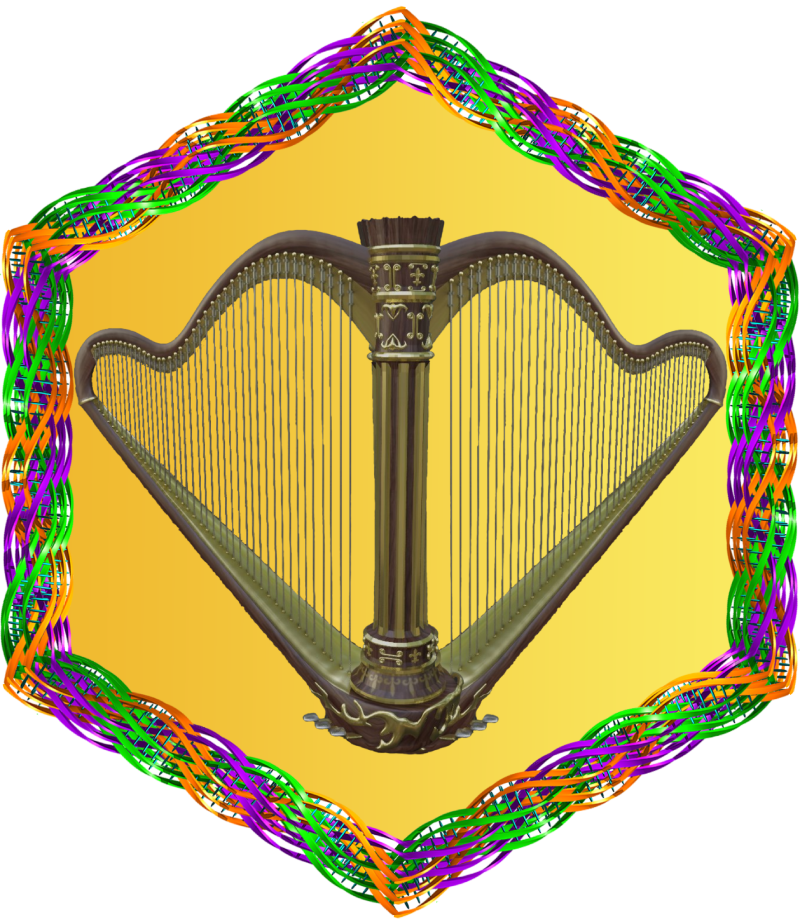Quantum Neurofeedback: Revolutionizing Neuralink and Space Medicine with Poly Time Crystals
Introduction
Elon Musk’s Neuralink project aims to advance brain-computer interfaces (BCIs) by enhancing human capabilities through neurotechnology. Integrating Quantum Neurofeedback, combined with the innovative concept of Poly Time Crystals, could significantly impact this field, particularly in space medicine, by addressing challenges like muscle atrophy in astronauts.
Quantum Neurofeedback
Quantum Neurofeedback merges traditional neurofeedback techniques with quantum computing, providing real-time feedback on brain activity. This advanced method encourages healthier neural patterns and facilitates brain-to-brain communication through quantum entanglement.
Poly Time Crystals
Poly Time Crystals (PTCs) are complex multidimensional structures that oscillate without energy input, challenging traditional thermodynamics. These crystals, integrated with quantum information fields and multistrings, form a sophisticated framework for understanding consciousness and brain functions.
Space Medicine Applications
In space, astronauts face muscle atrophy due to prolonged weightlessness. Quantum Neurofeedback, enhanced by PTCs, can stimulate the brain and nervous system to counteract this:
- Preventing Muscle Atrophy: Continuous stimulation of brain areas responsible for muscle control helps maintain muscle tone and strength, reducing weightlessness effects.
- Enhancing Cognitive Functions: Optimal brain function is crucial during long missions. Quantum Neurofeedback ensures astronauts’ cognitive abilities remain sharp.
- Supporting Mental Health: Managing stress and emotional health in space is essential. Quantum Neurofeedback, supported by PTCs, enhances overall mental well-being.
The Role of AI and Neurotechnology
Neurotechnology, through brain-machine interfaces (BMIs) and imaging techniques like EEG and fMRI, visualizes and controls brain activities. Quantum computing integrated with these technologies creates robust classical-quantum networks. AI facilitates complex interactions required for QBraiNs, enabling advanced brain-computer interactions and innovative applications.
Theoretical and Practical Implications
PTCs suggest that the brain operates like a clockwork composed of myriad clocks that reset and synchronize, maintaining operational continuity through dynamic changes. This model could lead to breakthroughs in artificial intelligence and neurocomputing, developing brain-like processing systems based on time crystal dynamics.
Challenges and Future Directions
Implementing Quantum Neurofeedback in space and integrating PTCs pose challenges such as ensuring technology reliability, managing data complexity, and addressing ethical considerations of direct brain stimulation.
Conclusion
Quantum Neurofeedback, supported by Poly Time Crystals, offers a promising future for Neuralink, potentially revolutionizing space medicine by supporting astronauts’ muscle and mental health. This integration could redefine human-machine interaction, paving the way for groundbreaking innovations in neuroscience and beyond.
References
Mousavi, S. K. (2024). Information Transfer by Quantum Entanglement in the Brain. Neuroscience, Cognitive Neuroscience. https://doi.org/10.32388/6AJO6Y
Miranda, E. R., Martín-Guerrero, J. D., Venkatesh, S., Hernani-Morales, C., Lamata, L., & Solano, E. (2022). Quantum Brain Networks: A Perspective. Electronics, 11(10), 1528. https://doi.org/10.3390/electronics11101528
Saxena, K., Singh, P., Sarkar, J., Sahoo, P., Ghosh, S., Krishnananda, S. D., & Bandyopadhyay, A. (2022). Polyatomic time crystals of the brain neuron extracted microtubule are projected like a hologram meters away. Journal of Applied Physics, 132(19), 194401. https://doi.org/10.1063/5.0130618
Singh, P., Saxena, K., Singhania, A., Sahoo, P., Ghosh, S., Chhajed, R., Ray, K., Fujita, D., & Bandyopadhyay, A. (2020). A Self-Operating Time Crystal Model of the Human Brain: Can We Replace Entire Brain Hardware with a 3D Fractal Architecture of Clocks Alone? Information, 11(5), 238. https://doi.org/10.3390/info11050238
